Visits: 22
It is an objectively absurd show, which makes the wardrobe of its female protagonist, played by Emma Stone, all the more layered.
To watch Emma Stone in The Curse is to subject yourself to constant second-hand embarrassment and distress. This is precisely the point.
The satirical series tracks the weeks-long production of an HGTV show, starring aspiring eco-friendly developers Whitney Siegel (Stone) and her unsettlingly all-adoring husband Asher (Nathan Fielder). Is it a dry comedy, a slow-burn drama or a maniacal horror? The answer is yes.

To film their home-reno series, the moneyed millennial couple moves to the working-class city of Española, New Mexico. Whitney is passionate about her energy-efficient “passive” homes: ultra-modern properties with mirrored exteriors and beige minimalist decor. She is determined to transform this locale (ethically, she insists) into a hotspot for sustainable living, one tear-down at a time. We soon find out that her funds come from her parents, infamous landlords with questionable morals.
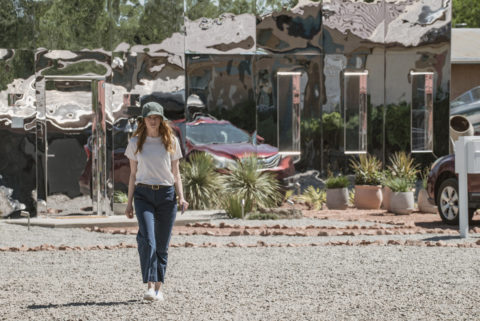
Tackling gentrification and power dynamics, the 10-episode series operates in its very own category of cringe, where it’s impossible to tell if anyone, and especially Whitney, is ever being genuine. When it comes to understanding this character in The Curse, the costumes worn by Emma Stone are extremely telling.
Whitney’s wares are a rotation of down-to-earth looks, comprising utilitarian jumpsuits, comfortable cardigans, and ever-so-slightly ill-fitted straight-leg jeans. Her subtly ombré-dyed hair cascades in uncomplicated waves and her practical accessories — tote bags and faded bucket hats — communicate low-maintenance living.
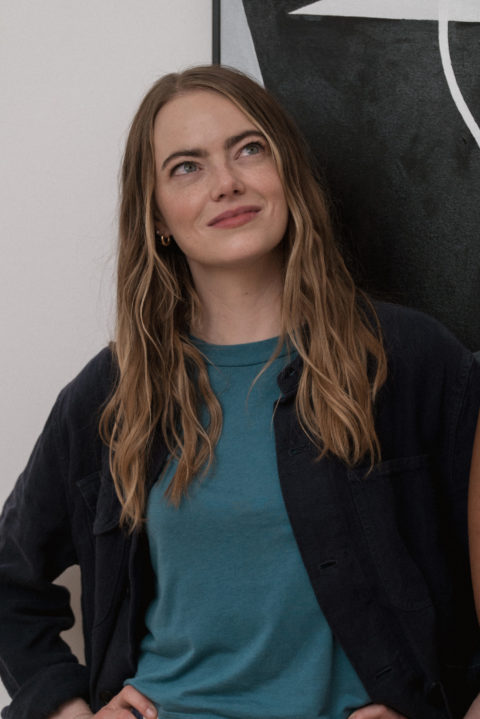
But there’s a discrepancy between Whitney’s camera-ready persona and her ambiguous motives. On-screen, she’s sterilely smiley, forcefully giggly and overly accommodating. It’s a performative facade that doesn’t end when the cameras stop rolling; it extends to almost every interaction she has. She is always molding herself to mirror what she thinks other people want from her, and this extends to her clothes.
Whitney presents herself as a selfless do-gooder with a dream; as someone who is not afraid to get down and dirty. At first glance, her granola style reflects this. She wears Birkenstocks, she rotates through unassuming T-shirts, and she rolls up the sleeves on her flowy button-ups. Her wardrobe is objectively unimposing and inoffensive (that is, depending on how you view the French tuck). But Whitney is desperately trying to convey an image of laid-back ease.
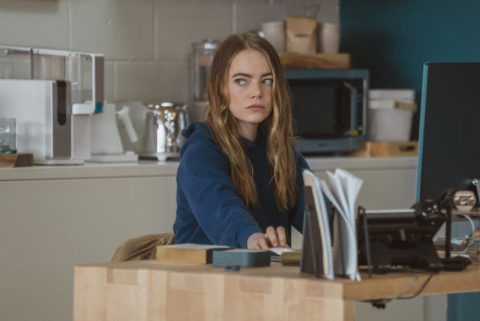
Thing is, these outfits — so basic and benign at first glance — are carefully curated to further the forced image of who she is. Take her relationship with her parents, who are known for imposing unsafe conditions on residents in their affordable housing units.
Whitney insists she wants no part in this, and is constantly working to publicly distance herself from their legacy. But she has no problem benefiting from it when she needs a quick loan of tens of thousands of dollars. (“Española is mine!” she screams at them during a covert rendez-vous.)
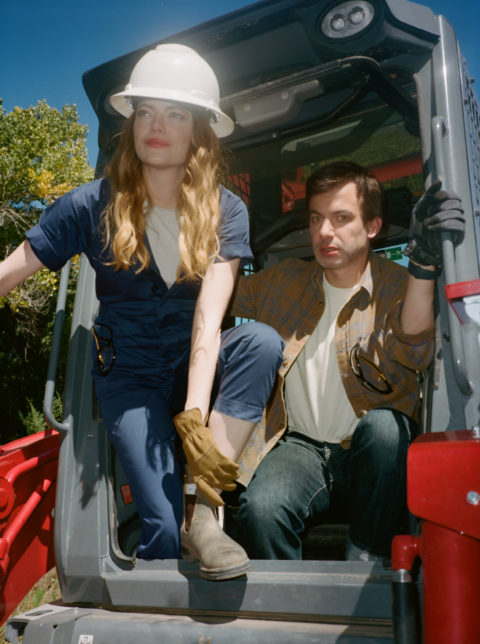
There’s a sense that Whitney is always pretending. This falseness emanates from her passive homes, which sound utopian on paper but don’t exactly work in practice. (Prospective buyers are routinely turned off that there’s no way to control the temperature.) And then there’s her marriage. She is in a constant cycle of manipulation with her spineless husband, wherein she oscillates between finding him amusingly charming and hating his guts when she thinks it will “work” for the show.
Worst of all, her performativity is painfully obvious when awkwardly interacting with her friend (?) Cara, an Indigenous artist who seems to merely tolerate Whitney. In all of their exchanges, Whitney is both vying for Cara’s approval while tokenizing her for cultural bonus points. In one conversation filmed for the show, Whitney shamelessly coaches Cara on what to say. (“My homes are so important as a piece of art, and you’re proud to have your work displayed inside,” she instructs Cara to repeat in her own words.)
Upon closer inspection, Whitney’s activist-adjacent outfits appear to be made by designer labels like Christy Dawn and Paul Smith. In one monumental episode, she dons a pair of colourful Collina Strada trousers — dubbed “her gentrification pants” by The Cut — that are festooned with workwear-inspired patches but are very much not intended for physical labour. It’s the perfect metaphor.
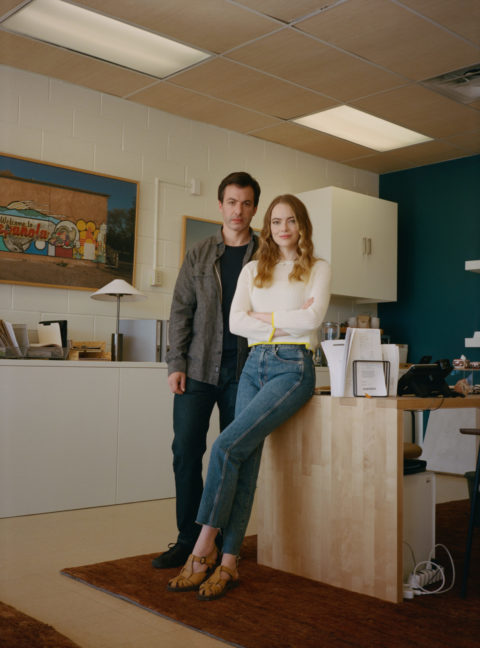
Through it all, her style is an extension of her out-of-place houses. These eco-conscious constructions are a result of her buying up the neighbourhood and flipping affordable properties into pricey mirrored structures. For as much good as they might do, they are still actively displacing the Española community. Underneath their cozy linen bedding and locally-sourced pottery, they represent something a lot more complicated. The same goes for Whitney.

